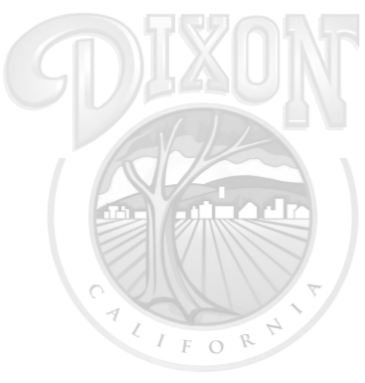Stop Signs: The Function of and Correct Use of Stop Signs as Traffic Control Devices
A stop sign is one of our most valuable and effective control devices when used at the right place and under the right conditions. It is intended to help drivers and pedestrians at an intersection decide who has the right-of-way.
The California Manual on Uniform Traffic Control Devices (CAMUTCD) is a set of well-developed, federal, and state-recognized guidelines that help to indicate when such controls become necessary. These guidelines take into consideration, among other things, the probability of vehicles arriving at an intersection at the same time, the length of time traffic must wait to enter, traffic delays, and the availability of safe crossing opportunities.
Public understanding of the function of stop signs is one of the most critical elements in reducing speeding and traffic accidents.
The stop sign is used to assign right of way at an intersection and to make sure that traffic flows smoothly and predictably.
Stop signs are not warranted in the CAMUTCD as an effective measure to reduce speeding. Because a stop sign is used to assign right of way at an intersection, it is not an effective means to control speeding. Research shows that where stop signs are installed as “deterrents” or “speed breakers,” there are high incidences of intentional violations resulting in accidents. Signs placed on major and collector streets for the purpose of speed reduction are the most flagrantly violated.
The City’s Engineering Department employs a consultant to evaluate intersections, following State and Federal guidelines, to ensure uniformity in traffic control. The survey includes reviewing the following criteria outlined in the CAMUTCD: vehicle volumes, pedestrian volumes, traffic speeds, existing layout, sight distance, accident history, etc. Refer to CAMUTCD sections 2B.06 – Stop Sign Applications and 2B.07 – Multi-Way Stop Applications for more information.
Title 23 of the Code of Federal Regulations, Part 655.603 states that the Manual on Uniform Traffic Control Devices is the national standard for all traffic control devices installed on any street, highway, or bicycle trail open to public travel. The California Vehicle Code requires that the Department of Transportation (Caltrans) adopt rules and regulations for uniform standards and specifications for all official traffic control devices, including, but not limited to, stop signs, yield right-of-way signs and speed restriction signs. Caltrans has created the California Manual of Uniform Traffic Control Devices (CAMUTCD) to fulfill this obligation. The CAMUTCD is in substantial conformance with the Federal Highway Administration.
Visiting the Engineering Department is by Appointment Only. Please call or send an email to request a time to meet or speak with an Engineer or to schedule a payment in person.
By Appointment Only

